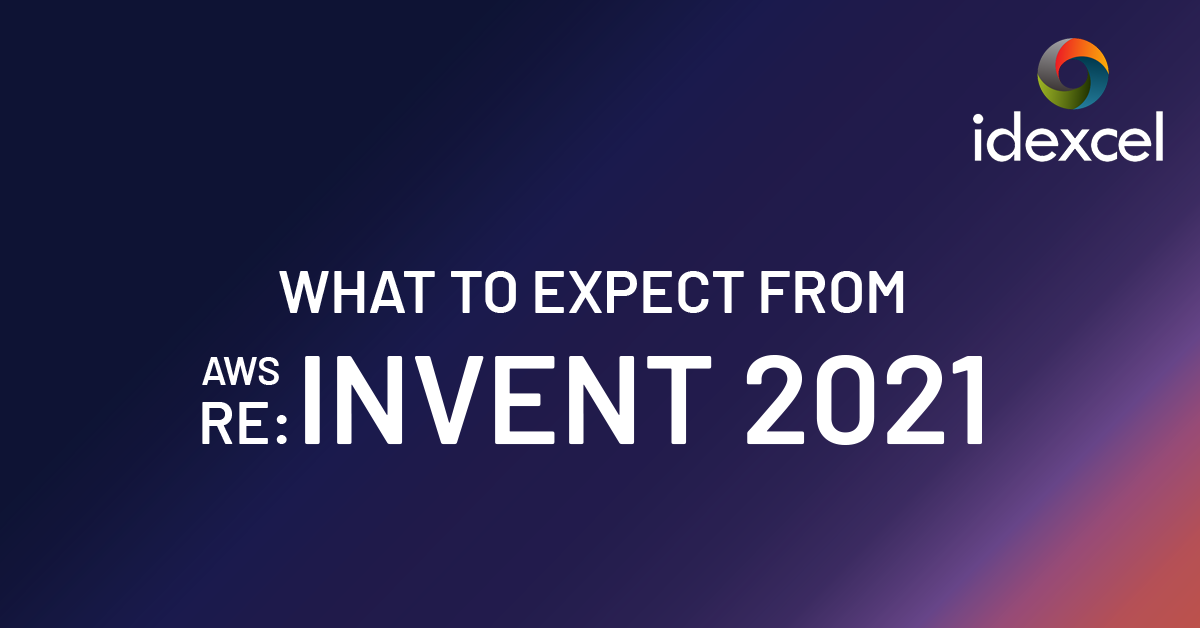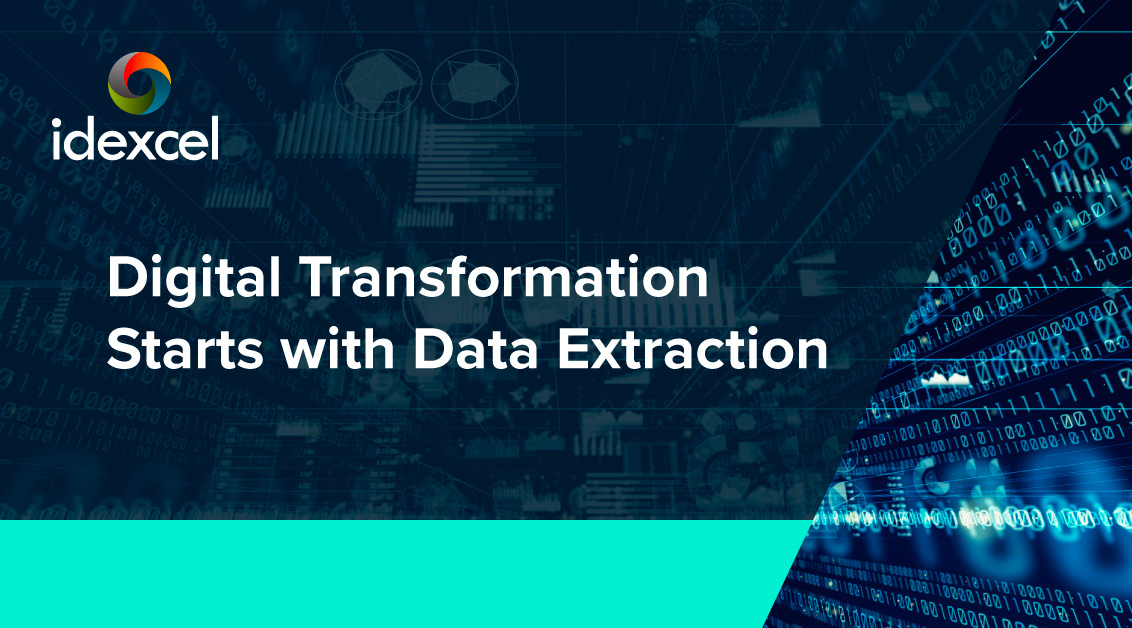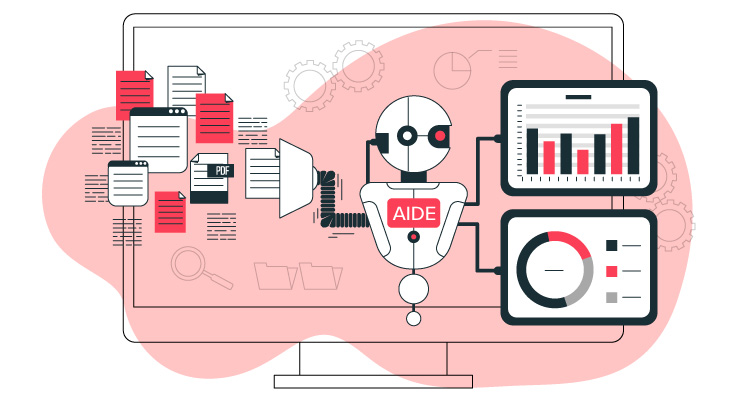
When it comes to the financial industry, the year 2019 is going to prove to be a changing point, especially concerning digital transformation. There will be a paradigm shift for the banking industry, especially for those who have functioned within the brick and mortar layout. The point is that consumers have been split for choices, which would, in turn, mean that financial institutions need to adapt to the new age technological trends, to stay in business.
Even though the word ‘digital transformation’ might seem like a buzzword, there is a lot more to it than meets the eye. Through the implementation of digitization, financial services can be altered effectively, to ensure economic growth is visible clearly. Let’s take the example of mobile banking — banks are competing with each other in the virtual space to help ease their customers’ financial transactions. The smoother the banking app, the better would be the digital transactions and the economic growth of a banking organization.
On the other hand, banks and credit card companies rely heavily on enhancing their mobile customer experience, without incurring any downtime during the transaction stages. This way, other financial establishments like fund managers, capital markets, equity markets, etc., can utilize tools like big data and machine learning to automate their existing processes and drive automation in a more structured and reliable manner, thereby making the process seamless and extremely user-friendly.
The services listed below can prove to be the game changers in the year 2019, which will shape up the financial structure with their digital transformation trends.
Mobile Banking
Mobile banking has eased the way consumers access their banking accounts and other banking services. When was the last time you set foot in the bank? Right from depositing checks, applying for loans, to transferring money, everything is happening at the click of a few buttons, right from our mobile devices. Customers of today don’t want a brick and mortar bank; instead, they want something which can be accessed from their mobile phones. A combination of 24/7 access, ease of use, and almost negligible waiting time has changed the way banking and other financial institutions are functioning; this will continue to evolve, as more and more customers prefer mobile banking over other forms of banking.
Mobile Pay Utilities
Apps are evolving at the speed of light. There was a time when mobile wallets were unheard of to the average consumer. While some people have argued over the security of storing electronic money, many others refrained from using this payment method due to lack of knowledge. However, times are changing, and so are ways of storing wealth and making payments. Mobile wallets have become the rule of the market; merchants, shopping complexes and other sellers prefer to use mobile payments versus traditional cash and checks. Convenience, security, and ease of availability have given way to a digital transformation over the years, which continue to evolve as time passes.
Blockchain
Blockchain might not have been an enormous success in 2018; however, it is slated to pick up in 2019. There will be more emphasis on blockchain concerning digital payments, escrow facilities, loan processing, etc. There is also an expected use of Blockchain in RegTech, wherein processes governed by regulations need to be automated to avoid unnecessary regulation breaches.
Automated Wealth Managers
Artificial Intelligence has become the talk of the era, given its magnitude of automation and possibilities. Wealth bots, or automated wealth managers, use complex algorithms to calculate the best investment opportunities, along with the best interest rates, the best loan providing institutions, etc. Financial planning has become a cinch, all thanks to automated wealth managers, which are rapidly helping people meet their financial goals with utmost precision and well-calculated returns.
Big Data
The fact today is that data is everything. Banking and financial institutions are rapidly making use of machine learning to process data to drive effective analytical solutions out of this data. This way, banks, and other financial institutions can better serve their customers, as well as improve their overall services to bring in more investment and create better work environments for their employees and customers alike.
The trends are endless; it is to see how the financial industry reacts to these changes eventually, which can prove to be a turning point in their existence.
Also Read
The 5 Best Practices for DevOps Transformation
How the Internet of Things is Changing the Healthcare Industry
Cloud Security Challenges for Enterprises
Why Enterprises Should Adopt a Multi-Cloud Strategy





